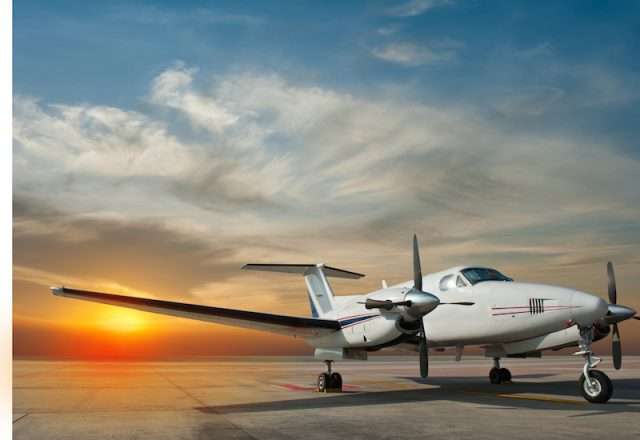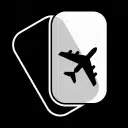Factors that Private Jet Charters Need to Consider When Taking off? (Part 1)
Anyone who has flown in private jet charters has experienced the sensation of being pressed back into their seats as the aircraft hurtles down the runway. But how much tarmac is really needed to achieve liftoff? Whenever a manufacturer develops a jet or turboprop aircraft, the Federal Aviation Authority (FAA) must certify it before it is permitted to fly in the United States. Part of this process involves determining performance calculations, one of which is required field length. The length of airstrip required for takeoff is dependent on a range of factors, some of which we can control, and some of which we can’t. In Part 1 of this post, we’ll focus on the former, which includes: • Aircraft design • Payload • Flap configurations
Forces that Affect Aircraft Flight

The Affect of Weight on Private Jet Charters
If you’ve ever gone hiking with a heavy backpack, you know it requires more energy than travelling light. The same theory applies to aircraft: the heavier they are, the more difficult it is for them to achieve flight. For safety reasons, the FAA places weight restrictions on all aircraft. This is known as MTOW (maximum takeoff weight). In addition to the empty weight of the aircraft, it includes any additional mass that it will carry, including: • Crew • Passengers • Baggage/cargo • Fuel For example, let’s say a private jet charter with crew and minimal passenger load requires just 5,000 feet for takeoff. That same aircraft with a full payload could easily require 1,000 more feet for takeoff. This is because it will need the extra field length to generate the higher speed (and subsequent lift force) needed to overcome the additional weight and wheel drag. Furthermore, the weight of cargo and passengers needs to be properly dispersed throughout a private jet charter to ensure the aircraft retains optimal stability and maneuverability while in flight.
Flap Configurations

Are you ready to book your Los Angeles and Scottsdale charter flight yet?
Our friendly, expert air charter agents are here to answer questions or start your quote today. Don`t wait, call now and we'll get you on your way to your destination!
Call 888-593-9066











